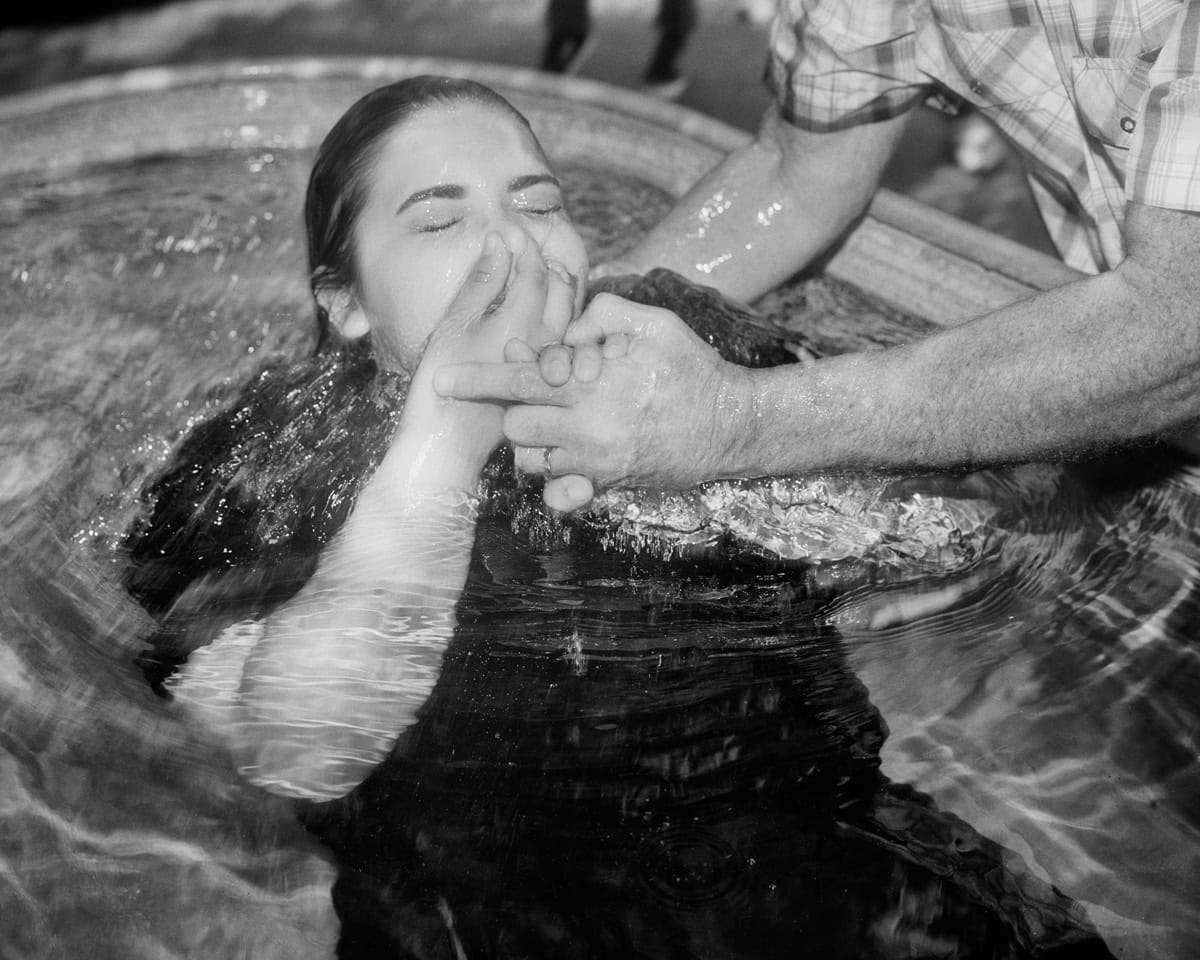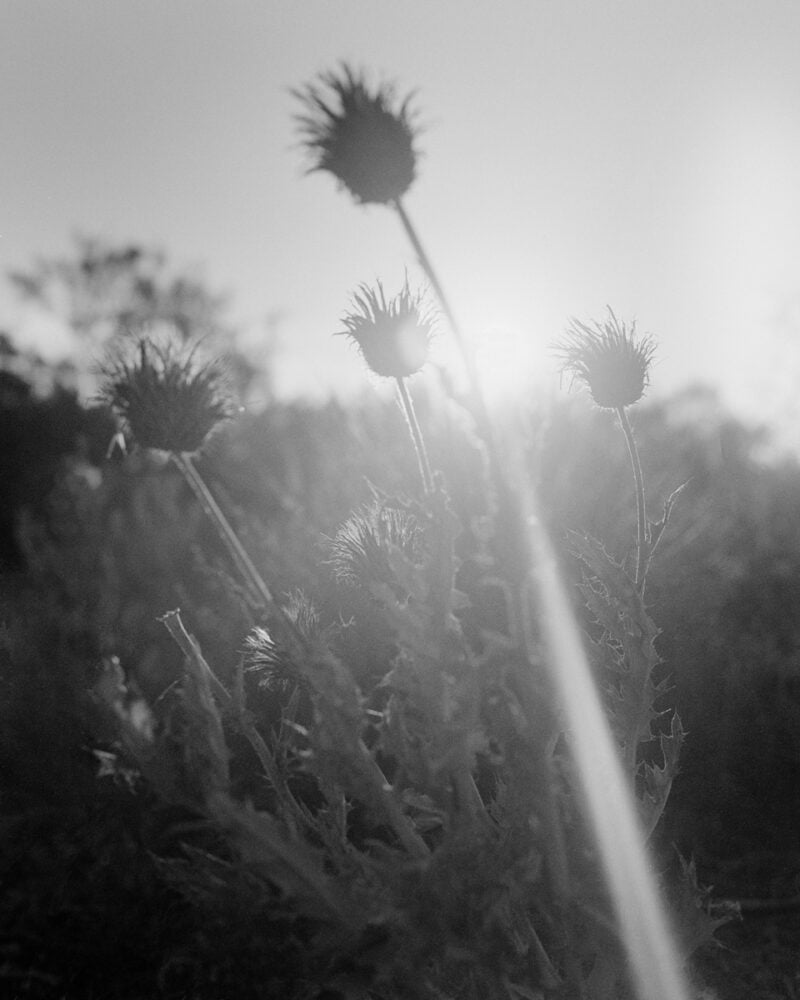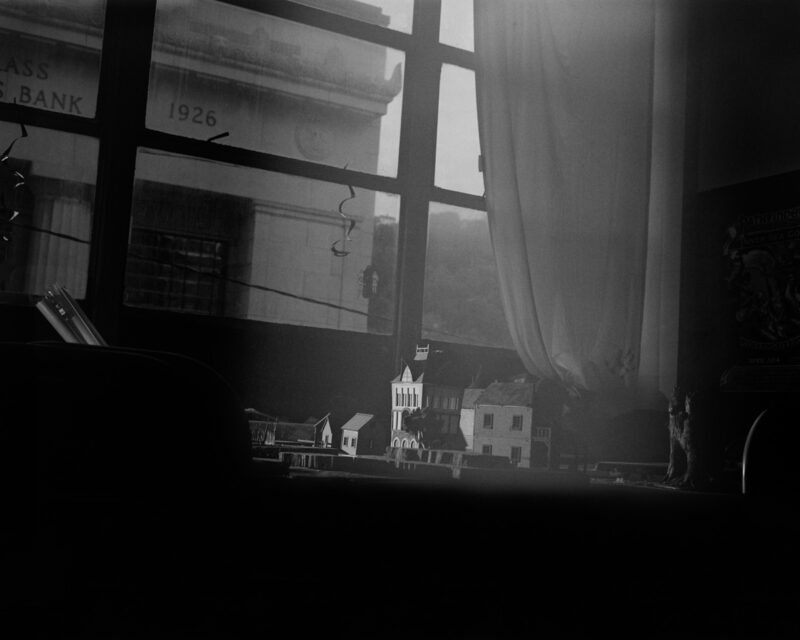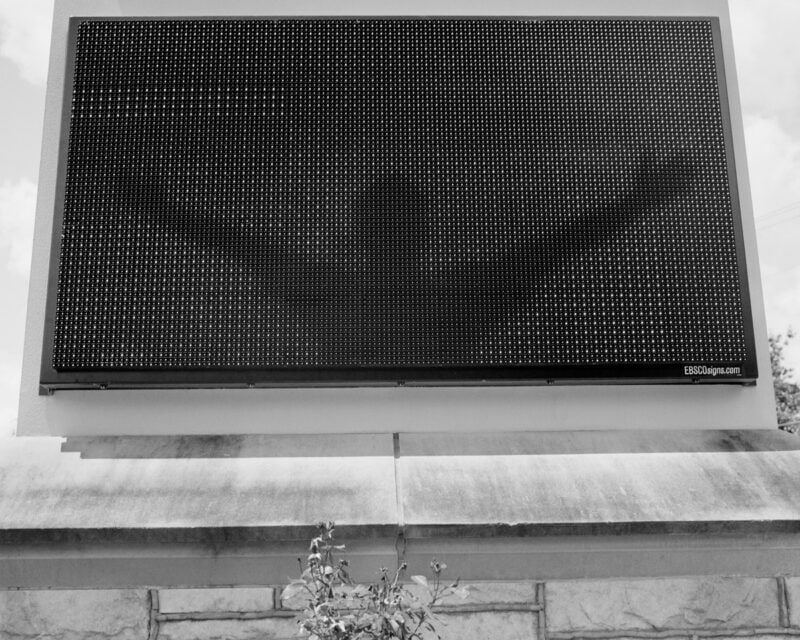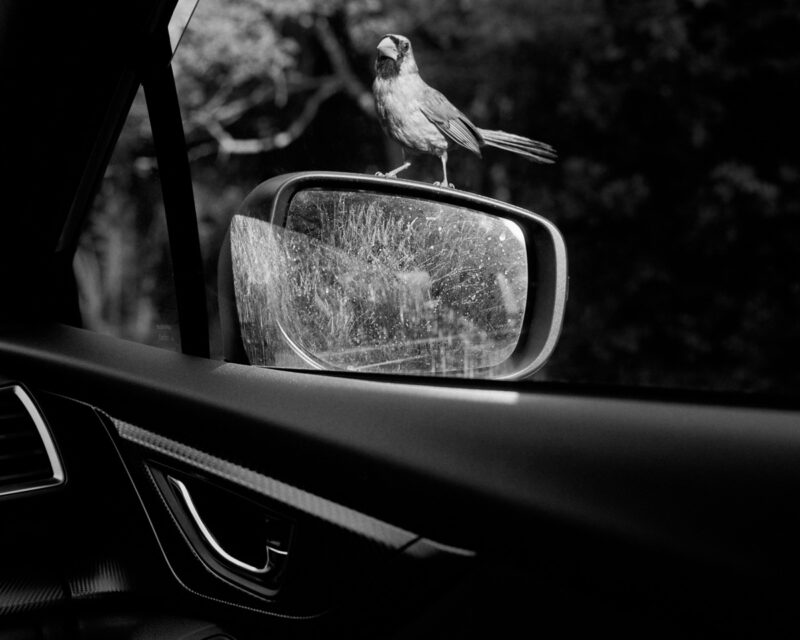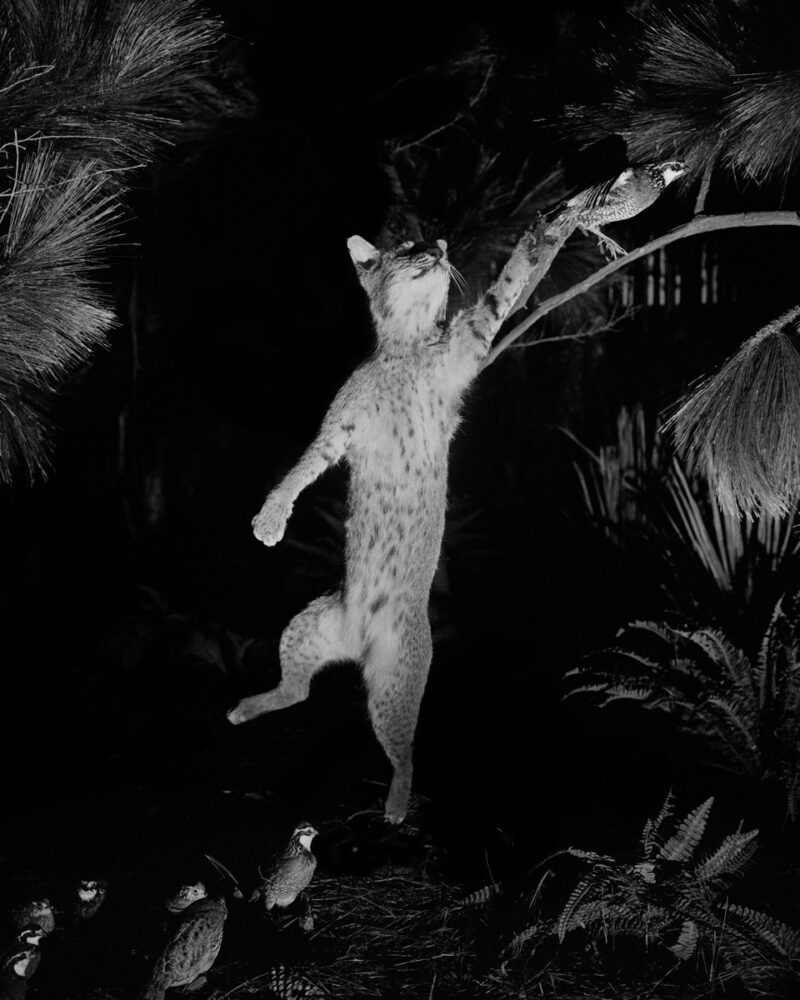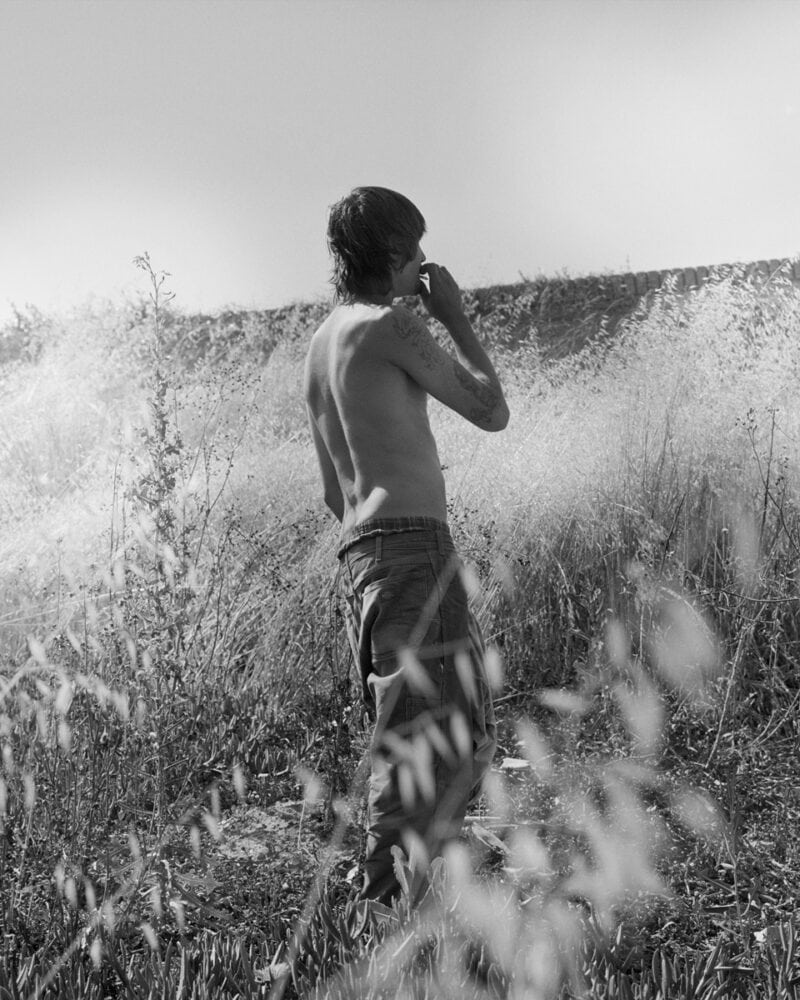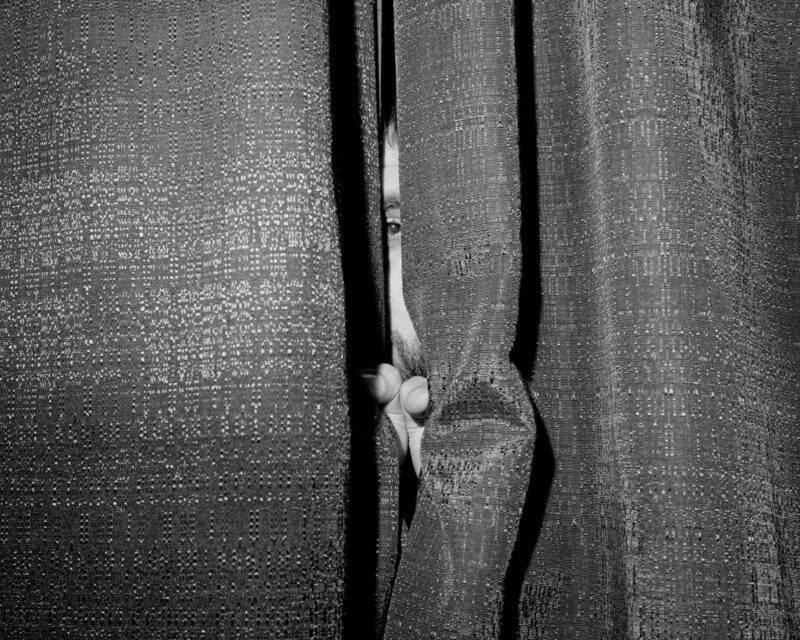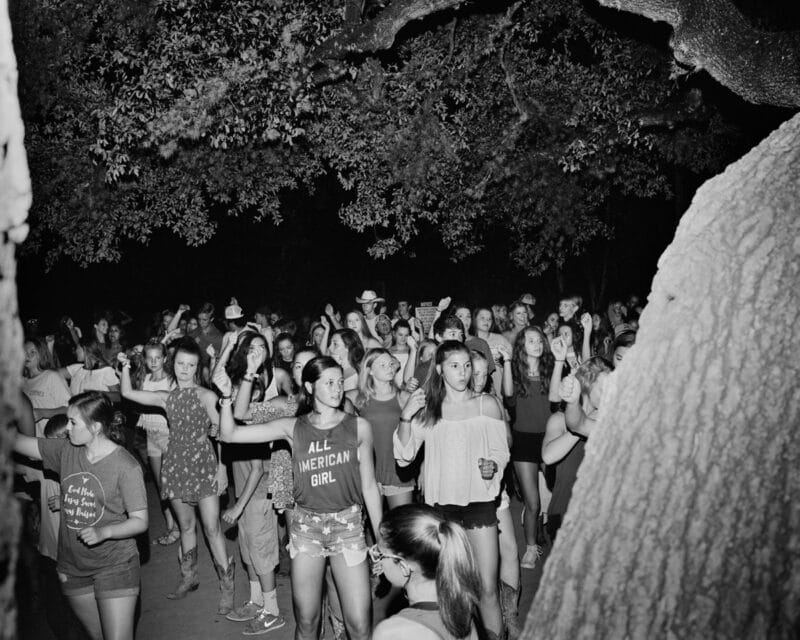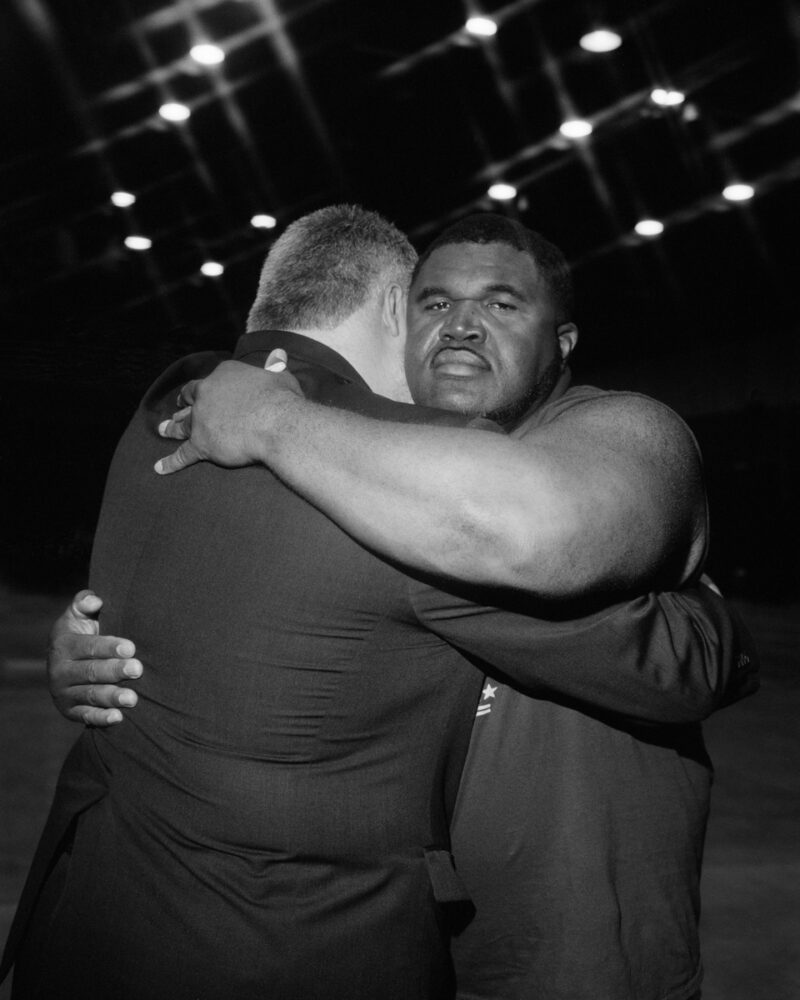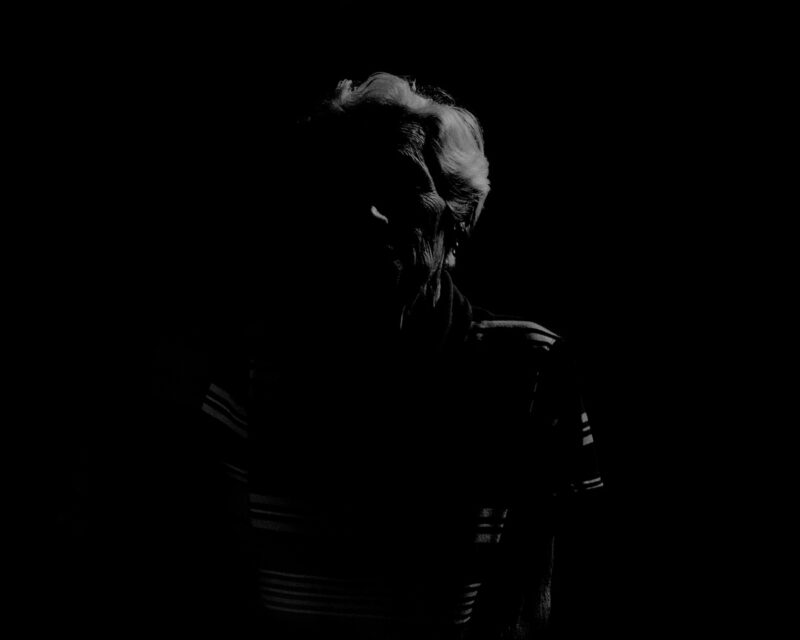David Billet (B. 1995) is an artist currently based out of Minneapolis, MN. David received his BFA from the Maryland Institute College of Art in 2017. He has had two-person exhibitions at Maryland Institute College of Art (2018) and The Java Project (2018). In 2017 David received the Jan Meyer Photography Traveling Fellowship. Most recently in the Spring of 2020, Deadbeat Club Press published “Rabbit / Hare” a collaborative project with Ian Kline.
Ian Kline is a photographer currently living in New Haven, Connecticut where he is a first year MFA student at the Yale School of Art. Born in 1994 in York, Pennsylvania, Kline received his BFA from the Maryland Institute College of Art in 2017. Ian has had solo exhibitions at Skylab Gallery (Columbus, OH, 2016), Space Place (Nizhniy Tagil, Russia, 2018), and Silver Eye Center for Photography (Pittsburgh, PA, 2019). He has had two-person exhibitions at Maryland Institute College of Art (Baltimore, MD, 2018) and The Java Project (Brooklyn, NY, 2018). In 2017 Ian received the Meyer Photography Traveling Fellowship. He has self-published five artists’ books, in 2019 Quiet Pages Press published “Echo (Dad’s Basement)” a limited edition artist book, and in the Spring of 2020 Deadbeat Club Press published “Rabbit / Hare” a collaborative project with David Billet.
About ‘Rabbit / Hare’ – words by David Billet and Ian Kline:
David Billet and Ian Kline made the pictures in “Rabbit / Hare” on a road trip to Texas. And right away that statement is going to create a certain set of expectations among viewers of this book. Perhaps no other region in the United States comes with such a strong set of preconceived notions. So yes: you’ll see ten-gallon hats, a wayward confederate flag. Even a baptism in a watering trough.
But the real glory of “Rabbit / Hare” is how surely its makers have defied easy stereotypes: these pictures do not derive their palpable life from mere subject matter. In this book, butterflies and back hair are equally magical and mundane, as they should be. Qualities of light are equally qualities of sensibility. The human beings in the pictures gently revel in the pleasures of riding horses, or smoking cigarettes, or exposing skin to sun and air.
And similarly we see Billet and Kline revel in their intuition and in the quality of their inquiry. They share not only their delight in seeing a cat or a bird enjoying the light, but (somehow) also the very delight experienced by the animal itself. We understand the intimate physical communion of some ragtag street wrestlers not because of the description but rather because of the evocation of sweat and muscles and asphalt.
“Rabbit / Hare” will not tell us anything about how to evaluate any particular state or region or electorate. What we see instead is how to meet the world with open minds and open hearts and to make something lasting of that meeting.
